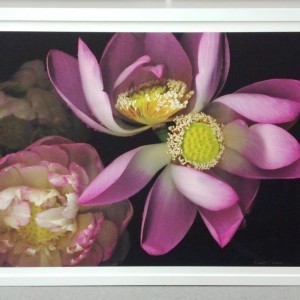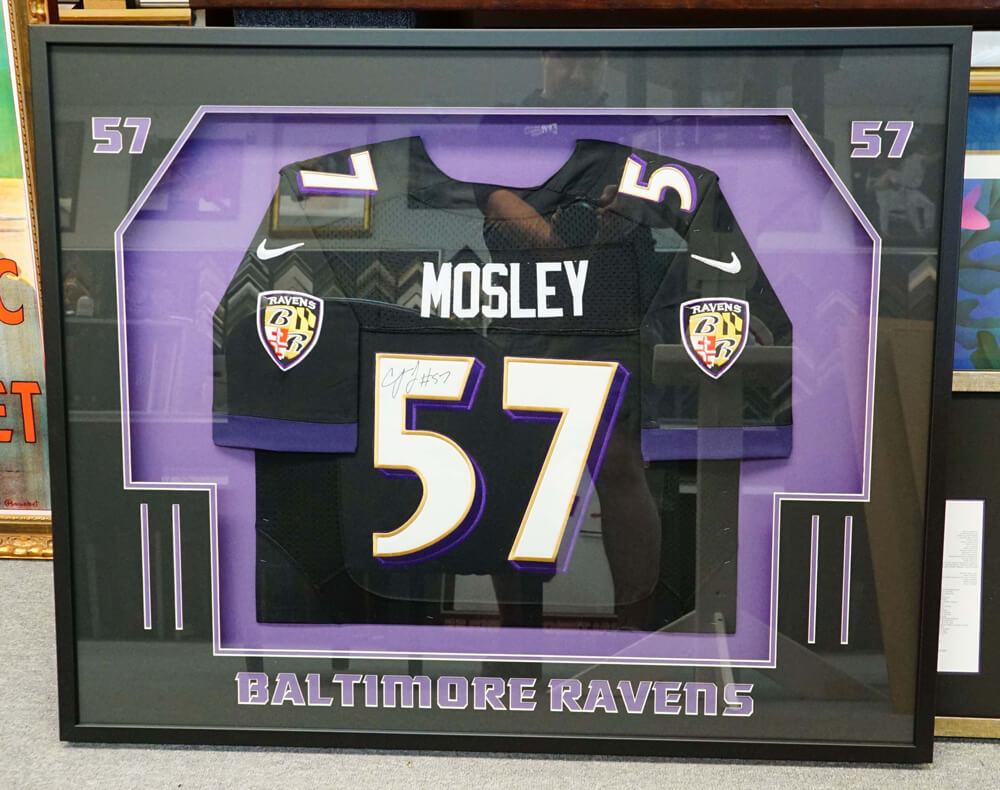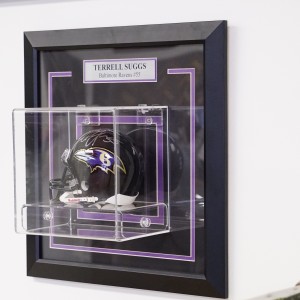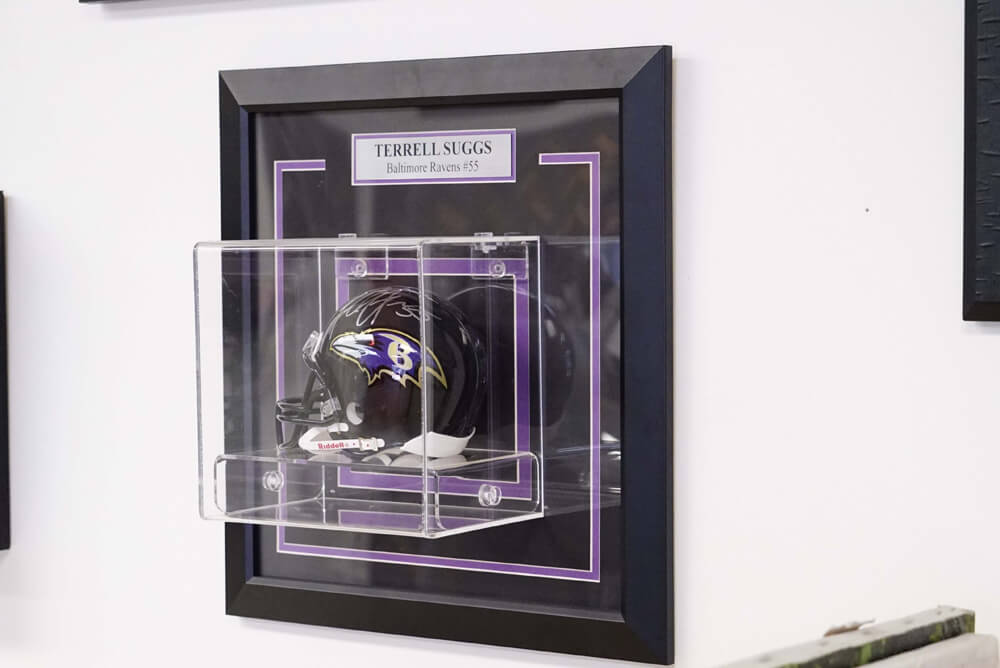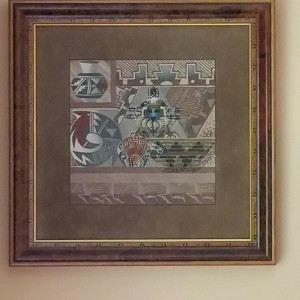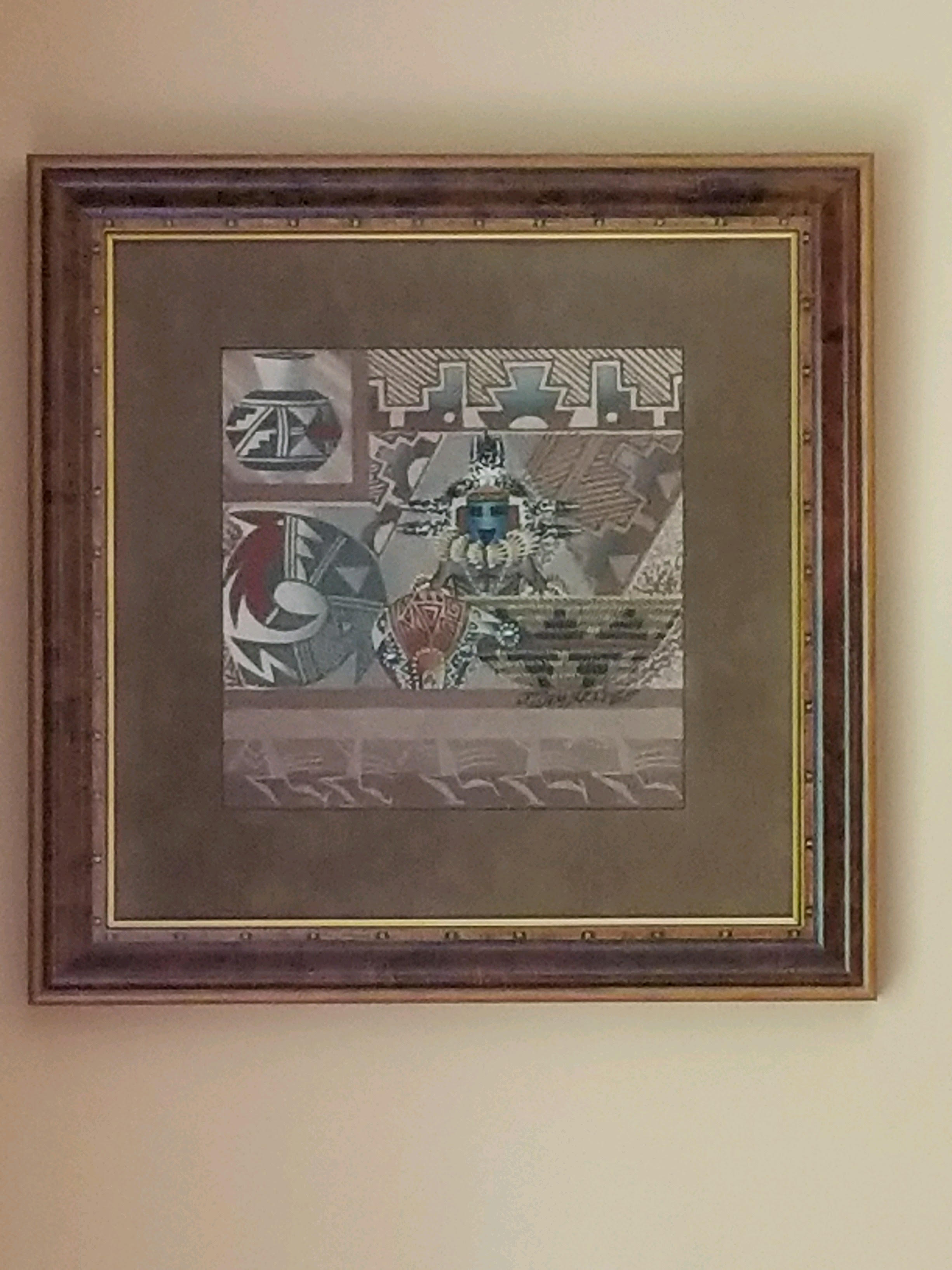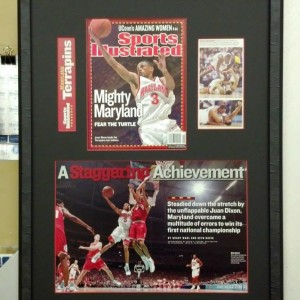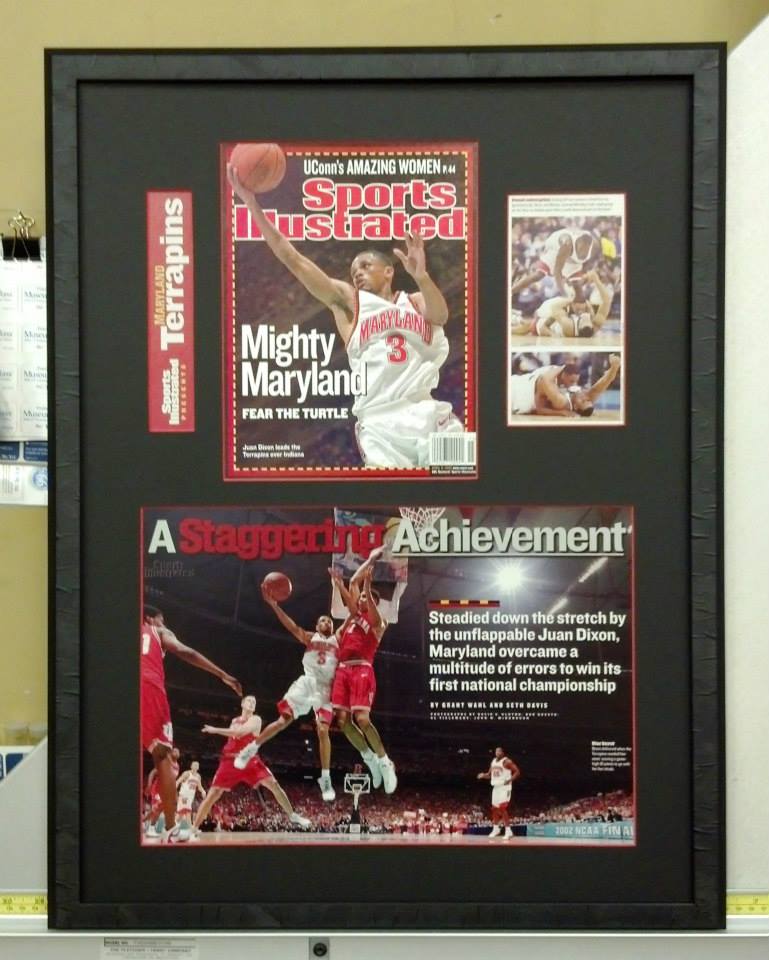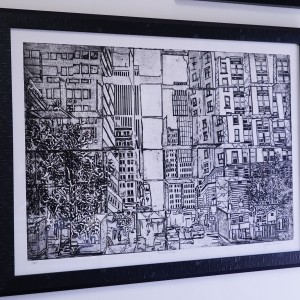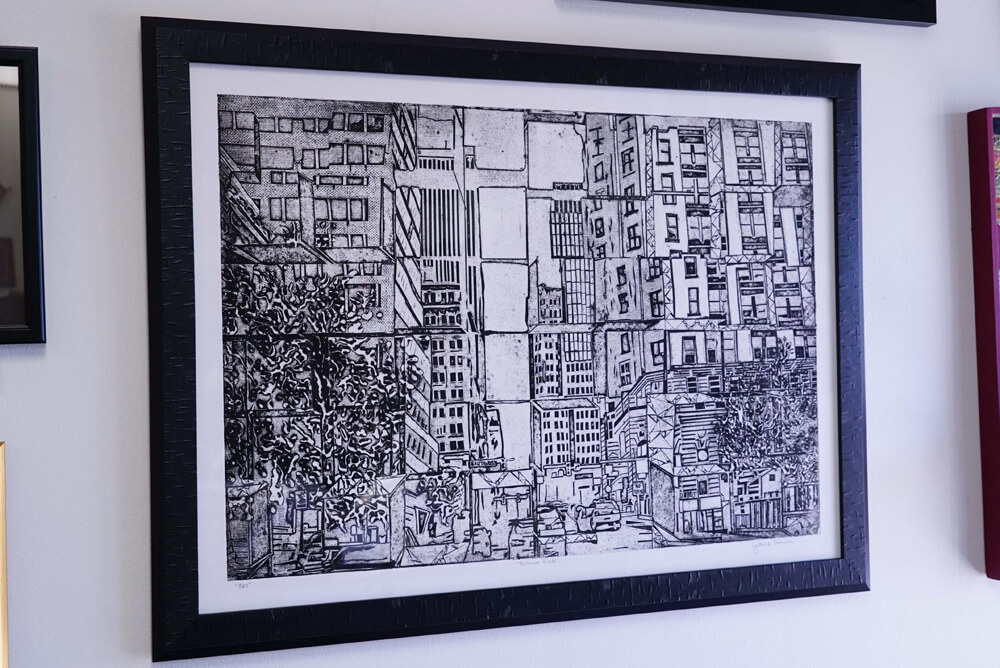Custom Framing
When it comes to custom picture framing, Sharp Designs will treat your artwork as if it were our own. Creating that special image from the elegant to the outrageous, I’ll work with you to design each piece to reflect your personal taste, achieving exactly what you desire.
I have the expertise to help you through what many consider the most difficult task, the design aspect, to create the perfect presentation for your art. I’ll be with you every step of the process, making it a pleasure instead of a chore.
All work is done on the premise, so there is no “middle-man” you’ll have to deal with. Sharp Designs will make your framing experience one you’ll look forward to.
HOW TO FRAME PAPER ART PROPERLY
When working with fine art on paper you must be concerned with the type of glazing (glass or acrylic), proper matting, backing materials, appropriate tapes, as well as, how and where it’s going to hang. The products used in framing are constantly evolving so it’s imperative to have your framed fine art periodically checked to make sure it has the best protection available.
Let’s start with glazing. At a minimum, any glazing used must be protected from ultraviolet light which will cause your art to fade. I use UV filtering glass to frame artwork up to 40” x 60”. If your frame will be larger, I use acrylic. Both products will be reflective unless “Museum Glass“ or “Museum Acrylic” is used, which filters out UV and is clear with little reflection. Imagine your eyeglasses produced in large flat sheets. Your glasses are anti-reflective but clear so this is by far, the best glazing on the market…at this time. It doesn’t entirely eliminate reflections but, for the most part, is virtually invisible. Do NOT use regular picture glass or acrylic as these products don’t give enough protection from UV light and your print, at a minimum, will fade over time. Anything with less than 97% UV protection will NOT keep your art from fading.
Matting borders your art and helps separate it from the glazing, which if not separated, could cause condensation and/or mold from forming between your print and it’s glazing. This is another reason for going to a professional framer. They will make recommendations to safeguard your art. The mat around your print is made with either wood pulp or cotton. Wood pulp contains acid which will eat away at your paper art. At first, your art will start to discolor, or darken, where the matting touches the paper. Then it will spread, eventually destroying the paper your art is printed on, as well as eliminating any monetary value your art has. Cotton based, or acid-free matting is the safest way to go. To formalize a print your framer may suggest a “filet“ or a small decorative strip, usually made from wood, that is inserted on the inner edge of the mat. This too will eat away at the paper so it must be protected with an acid-free product. You will NOT be able to see this has been done, since it is attached under the mat, so you need to trust your framers knowledge, experience and honesty that it was completed. If you choose not to mat your print, make sure a spacer is being used to create the gap needed to keep your artwork from touching the glazing. The backing materials used behind your art and the tape to secure the print must be acid-free or you will be compromising the integrity of the entire package.
What about hanging your finished frame? Remember your framed art will hang on your wall a long time. If it has wire across the back and the frame is not substantial enough, over time the frame will start to bow where the hangers on the back are attached. I will attach just the hooks, and place a disclaimer on the back explaining why NOT to use wire. This will let gravity keep your frame free from bowing and safe. Where you choose to hang the framed print can also effect the package. Placing a frame on a wall whose opposite side has an exterior exposure can be troublesome. The difference in temperatures from outside and inside can cause issues such as condensation. It is NOT recommended but if you’re like me, you don’t want any of your walls bare. You need to keep an close eye on those pieces to make sure there are no signs of trouble from doing so. If you see any change in your framed product, call your framer and have them take a look to make sure there is no damage.
In conclusion, you can see why it is so important for you to choose a professional framer. I recommend to all my clients to bring in any valuable art framed in the past so I can assess its “museum” quality and make any suggestions to correct or update the framing parameters to retain their investment. Anything less will compromise its longevity, integrity and value of your purchase. Next time will talk about choosing the right frame for your art.

